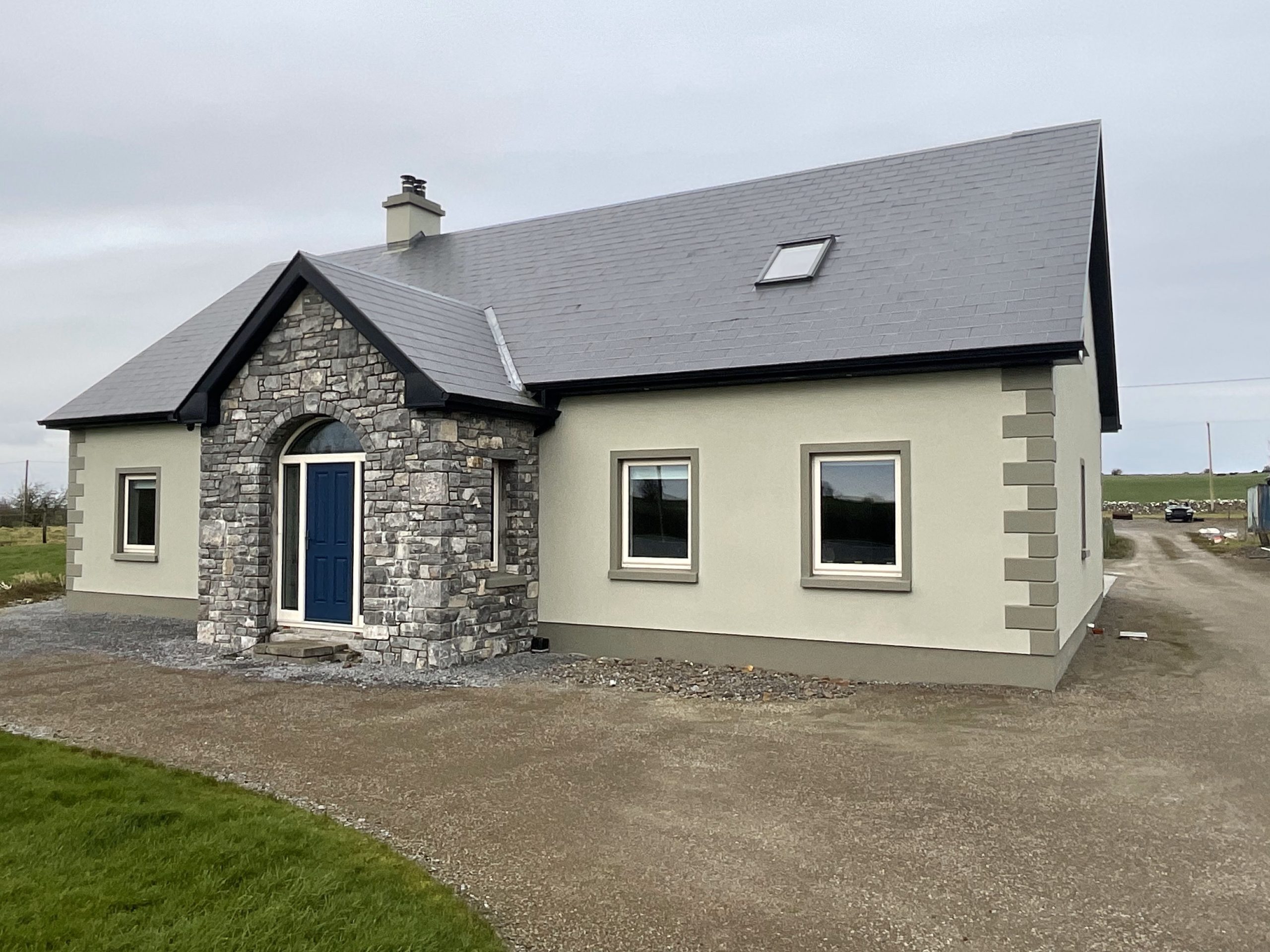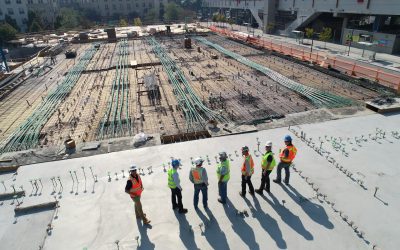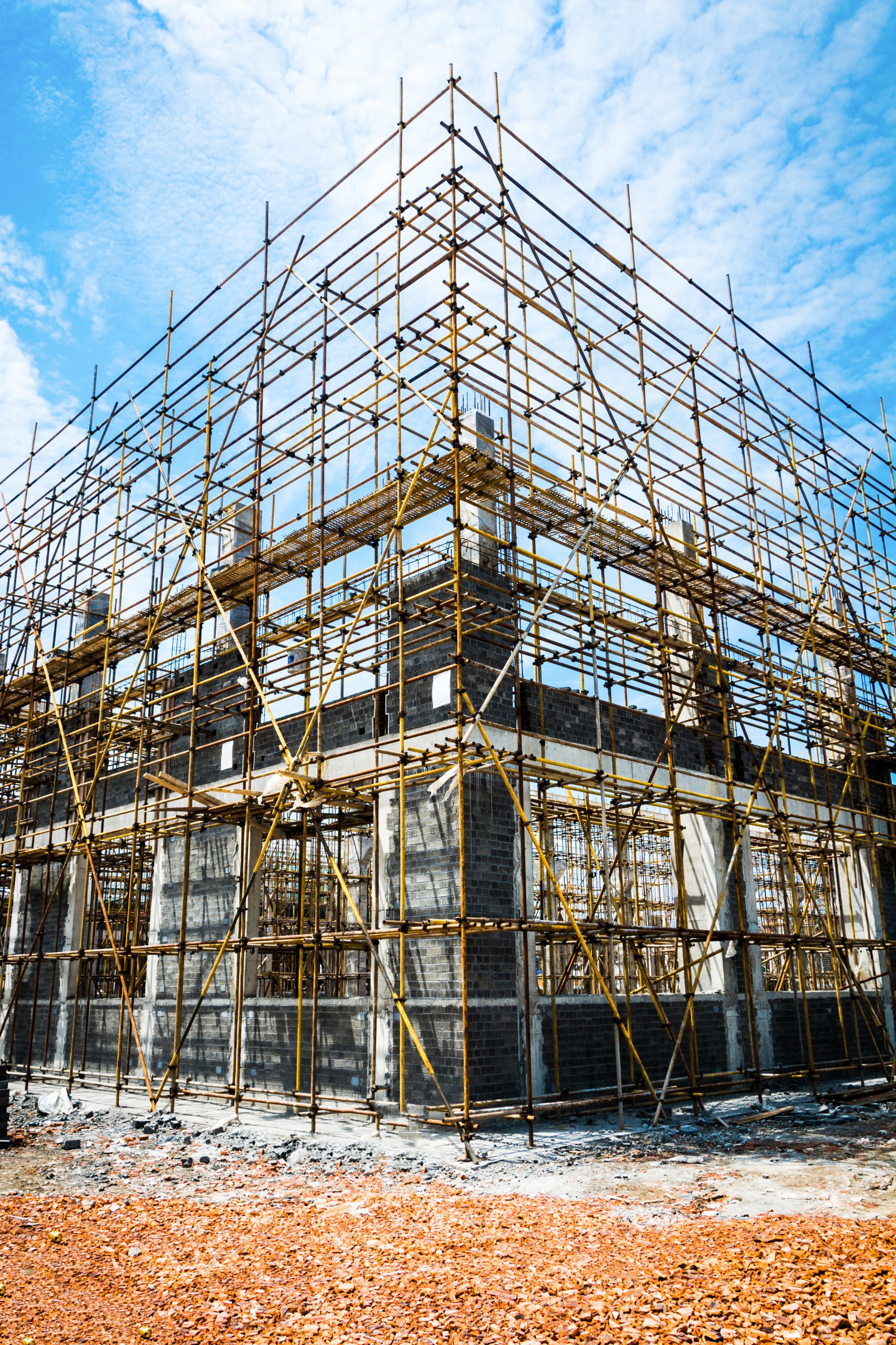Planning retention applications are used when you’ve built something without getting permission first. It’s like asking for forgiveness instead of permission, but for buildings. Planning retention makes unauthorized development legal. This is important for property owners who accidentally or purposely skipped getting planning permission at the start.
Key Takeaways: Mastering Planning Retention Applications
- Planning retention applications legalize unauthorized developments
- Thorough site assessment and documentation are crucial for success
- Understanding local and national planning laws is essential
- Professional guidance significantly improves approval chances
- Addressing community and environmental concerns is vital
- Budgeting for all potential costs, including fines, is necessary
- Post-approval compliance and record-keeping are important
- Staying informed about planning trends can benefit future applications
- Digital processes and sustainability focus are emerging trends
- Each application is unique and requires a tailored approach
Understanding Planning Retention Applications
Planning retention applications are used when you’ve built something without getting permission first. It’s like asking for forgiveness instead of permission, but in the world of construction and property development. Planning retention is a way to make your unauthorized development legal. This process is crucial for property owners who find themselves in a situation where they have inadvertently or intentionally bypassed the initial planning permission stage.
Here are some key things to remember about planning retention applications:
Initial site assessment is crucial for understanding the full scope of the unauthorized development and its impact on the surrounding area. This assessment helps in preparing a comprehensive application that addresses all potential concerns. Comprehensive documentation is essential, including detailed plans, photographs, and any historical information about the property and the unauthorized work. Professional guidance from experienced planning consultants can significantly improve the chances of a successful application by ensuring all aspects are properly addressed. Compliance with local and national laws is mandatory, and applicants must demonstrate how their development aligns with current regulations and local development plans. Timely submission and follow-up are important to avoid additional complications or potential enforcement actions by local authorities.
The Legal Framework Behind Planning Retention
Before you start your application, it’s important to understand the legal framework behind planning permission. In Ireland, planning laws can be complex, and they often change. Local authorities play a big role in the retention process, so it’s crucial to know what they’re looking for. The Planning and Development Act 2000, along with subsequent amendments, forms the backbone of Irish planning law. This legislation outlines the procedures for planning applications, enforcement, and the powers of local authorities.
Recent changes in planning legislation have made the process more focused on sustainable development. This means your application should show how your project fits with environmental goals and community needs. For instance, the Climate Action and Low Carbon Development (Amendment) Act 2021 has implications for planning decisions, emphasizing the need for developments to align with national climate objectives. Additionally, local development plans now often include specific sustainability targets that applications must address.
Essential Documents for Planning Retention Applications
When preparing your application, you’ll need to gather several essential documents for planning permission approval. These typically include:
- Application forms, which must be filled out accurately and completely
- Site location maps, clearly showing the property in relation to its surroundings
- Detailed drawings of your project, including floor plans, elevations, and sections
- Structural plans, particularly important for any significant alterations or additions
- Environmental impact assessments (if required), especially for larger developments or those in sensitive areas
- A planning statement outlining the rationale for the development and its compliance with planning policies
- Photographs of the existing site and surrounding area
- Evidence of site notices and newspaper advertisements, as required by local regulations
Make sure all your documents are accurate and up-to-date. Any mistakes or missing information can delay your application or even lead to rejection. It’s often beneficial to have a professional review your application package before submission to ensure completeness and accuracy.
Best Practices for Preparing Your Retention Application
To give your application the best chance of success, follow these top tips for planning permission approval:
- Do a thorough site assessment before applying, considering all aspects of the unauthorized development
- Talk to professional consultants who know the local planning rules and have experience with retention applications
- Think about possible objections and plan how to address them proactively in your application
- Be honest and clear about what you’ve built and why, providing a detailed history of the development
- Show how your project fits with the local area and community needs, emphasizing any positive impacts
- Prepare a comprehensive design statement that explains the rationale behind the development
- Consider engaging with neighbors and local community groups to address any concerns before submission
- Ensure your application demonstrates compliance with current building regulations and standards
- If possible, include proposals for any necessary modifications to bring the development into full compliance
Common Pitfalls in Planning Retention Applications
Many people make mistakes when applying for planning retention. Here are some common planning permission pitfalls to avoid:
Submitting incomplete or inaccurate documents can lead to immediate rejection or delays. Not addressing community concerns might result in objections and complications. It’s important to check current regulations, as planning laws may have changed since the development was built. Don’t underestimate the time and cost involved in the retention application process. Getting professional help is crucial, especially for complex cases. Provide a clear justification for why the development should be retained. Show how your project complies with current building standards. Consider the impact on neighboring properties and the wider environment. Be prepared for potential conditions that may be attached to a grant of retention.
The Importance of Professional Assistance
Getting help from planning experts can make a big difference. Professional planning consultants can:
- Help you understand complex planning rules and interpret them in the context of your specific case
- Prepare strong, well-documented applications that address all necessary aspects
- Increase your chances of approval by leveraging their experience and knowledge of local planning trends
- Save you time and reduce stress by managing the application process on your behalf
- Provide expert representation during any meetings or hearings with planning authorities
- Offer strategic advice on how to approach sensitive issues or potential objections
- Assist in preparing responses to requests for additional information from planning authorities
- Guide you through any appeals process if necessary
Navigating the Application Process
The planning permission process can take several weeks or even months. Here’s a simple guide to what happens:
- Submit your application with all required documents to the local planning authority
- The local authority reviews your application for completeness and validity
- There’s a public consultation period where people can comment, typically lasting 5 weeks
- The planning office assesses the application, considering all submissions and relevant planning policies
- If approved, you might need to meet certain conditions before final permission is granted
- In case of refusal, you have the option to appeal to An Bord Pleanála within 4 weeks
- If conditions are attached, you may need to submit compliance submissions before proceeding
- Once all conditions are met, you receive final approval for the retention of your development
Be prepared for the local authority to ask for more information. This is normal and doesn’t mean your application will be rejected. It’s an opportunity to provide clarity and strengthen your case. Responding promptly and comprehensively to such requests can help expedite the process.
Addressing Community and Environmental Concerns
Your application is more likely to succeed if it shows you’ve thought about how your project affects the community and environment. Consider these points:
How does your building fit in with the local area in terms of scale, design, and materials used? Have you used environmentally friendly materials or designs that contribute to sustainability? Will your project create jobs or benefit the community in other ways, such as improving local amenities? Have you addressed any potential issues like traffic increases, parking needs, or noise impacts? Does your development respect local biodiversity and contribute to green spaces? How does your project align with local development plans and community objectives? Have you considered the visual impact on the streetscape or landscape? Are there any measures you can implement to mitigate any negative impacts identified?
Remember, planning officers look at both temporary and permanent impacts of your development. They will assess how your project contributes to or affects the long-term development goals of the area.
Financial Considerations and Budgeting
Planning retention applications can be expensive. You’ll need to budget for:
- Application fees, which vary depending on the type and scale of development
- Professional fees (if you hire consultants, architects, or other experts)
- Possible fines for unauthorized development, which can be substantial
- Costs to make changes if required by the planning office to bring the development into compliance
- Potential legal fees if the application leads to disputes or appeals
- Expenses for preparing detailed drawings, surveys, and other required documentation
- Costs associated with implementing any conditions attached to the retention permission
- Possible contributions to local infrastructure or community facilities as part of the approval conditions
It’s important to weigh these costs against the potential long-term benefits of having proper planning permission. This is true whether you’re dealing with apartment or house renovations. Proper planning permission can increase property value, ensure legal compliance, and provide peace of mind for future property transactions.
Post-Approval Compliance and Documentation
If your application is approved, your work isn’t over. You’ll need to:
Keep all documents related to your approval, including the decision letter and any attached conditions. Follow any conditions set by the planning office meticulously, ensuring full compliance. Be ready for inspections, which may be conducted to ensure the development matches the approved plans. Stay up-to-date with any changes in planning rules that might affect your property in the future. Maintain a record of any further modifications or improvements made to the property. Ensure that any required certifications or compliance documents are obtained and kept on file. Consider creating a property folder that includes all planning-related documents for easy reference. Be prepared to provide these documents if you decide to sell the property in the future.
Good record-keeping is essential, especially for commercial property compliance. It not only helps you stay on the right side of planning regulations but also adds value to your property by providing a clear history of its development and compliance status.
Future Trends in Planning Retention Applications
The world of planning is always changing. Here are some trends to watch:
More focus on digital applications and online processes, streamlining submission and tracking. Increased emphasis on sustainable and eco-friendly developments, with stricter energy efficiency requirements. Possible changes in Irish planning laws to address housing needs and urban development challenges. Greater integration of smart city concepts into planning decisions. Enhanced use of 3D modeling and virtual reality in planning applications to better visualize impacts. Increased consideration of climate change adaptation in planning assessments. More stringent requirements for biodiversity protection and enhancement in developments. Potential simplification of the retention process for minor unauthorized developments.
Staying informed about these trends can help you prepare better applications in the future and anticipate changes that might affect your property or development plans.
Conclusion: Ensuring Success in Your Planning Retention Application
Applying for planning retention can be challenging, but with the right approach, you can improve your chances of success. Remember these key points:
Thorough Documentation
Compile comprehensive records and evidence to support your application
Professional Guidance
Seek expert advice from planning consultants or architects
Community Engagement
Involve and address concerns of local residents and stakeholders
Regulatory Compliance
Ensure adherence to current planning laws and regulations
By following these best practices and seeking professional help when needed, you can navigate the planning retention process more smoothly. Remember, each application is unique, so always tailor your approach to your specific situation. Thorough preparation, clear communication, and a willingness to address concerns can significantly improve your chances of a successful outcome.
If you need expert guidance on your planning retention application, don’t hesitate to reach out to professional consultants who can provide personalized advice and support throughout the process. Their expertise can be invaluable in navigating the complexities of planning retention and ensuring that your application has the best possible chance of success.


















